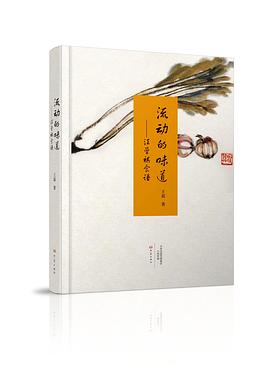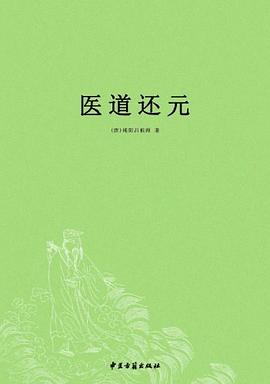The Art of Describing
内容简介
"The art historian after Erwin Panofsky and Ernst Gombrich is not only participating in an activity of great intellectual excitement; he is raising and exploring issues which lie very much at the centre of psychology, of the sciences and of history itself. Svetlana Alpers's study of 17th-century Dutch painting is a splendid example of this excitement and of the centrality of art history among current disciples. Professor Alpers puts forward a vividly argued thesis. There is, she says, a truly fundamental dichotomy between the art of the Italian Renaissance and that of the Dutch masters. . . . Italian art is the primary expression of a 'textual culture, ' this is to say of a culture which seeks emblematic, allegorical or philosophical meanings in a serious painting. Alberti, Vasari and the many other theoreticians of the Italian Renaissance teach us to 'read' a painting, and to read it in depth so as to elicit and construe its several levels of signification. The world of Dutch art, by the contrast, arises from and enacts a truly 'visual culture.' It serves and energises a system of values in which meaning is not 'read' but 'seen, ' in which new knowledge is visually recorded."--George Steiner, "Sunday Times"
"There is no doubt that thanks to Alpers's highly original book the study of the Dutch masters of the seventeenth century will be thoroughly reformed and rejuvenated. . . . She herself has the verve, the knowledge, and the sensitivity to make us see familiar sights in a new light."--E. H. Gombrich, "New York Review of Books"
......(更多)
作者简介
......(更多)
目录
List of Illustrations
Preface
Introduction
1. Constantijn Huygens and The New World
2. "Ut pictura, ita visio": Kepler’s Model of the Eye and the Nature of Picturing in the North
3. "With a Sincere Hand and a Faithful Eye": The Craft of Representation
4. The Mapping Impulse in Dutch Art
5. Looking at Words: The Representation of Texts in Dutch Art
Epilogue: Vermeer and Rembrandt
Appendix: On the Emblematic Interpretation of Dutch Art
Notes
Index
......(更多)
读书文摘
我们可提出一种观点,即以古典和数学为基础的研究,甚至与荷兰艺术家对技艺的思考形成对比的是以实用为基础的对自然知识的追求,而这也正是惠更斯的选择,它与高雅艺术的目标和理想有关。
......(更多)






